
 Instagram
Instagram
Bicep Stretch: 10 Best Stretches to Try

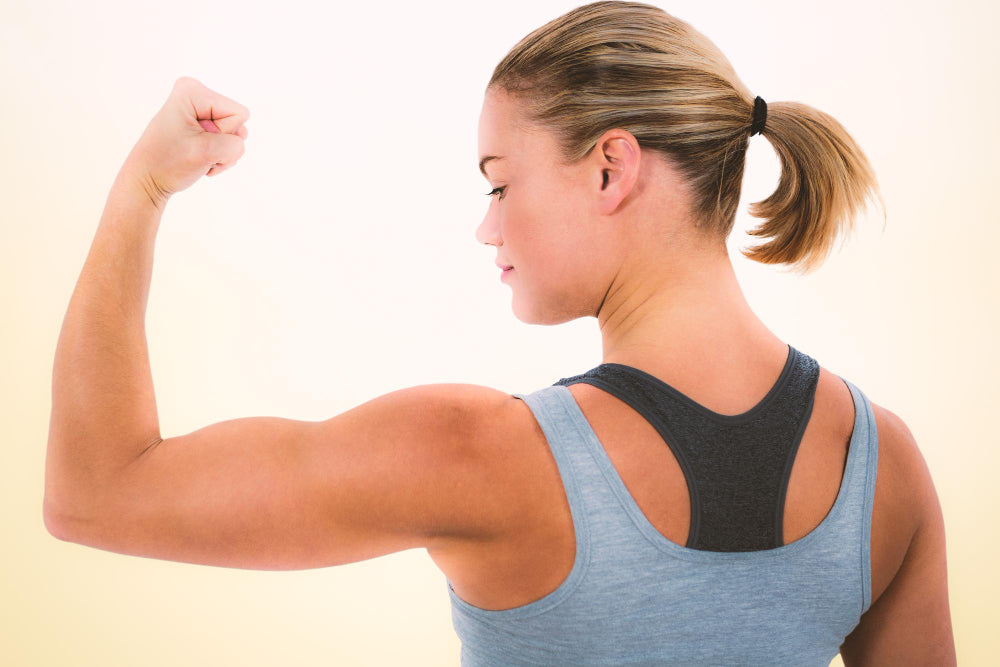
Related products
One critical aspect of bicep stretches is their role in muscle flexibility maintenance, injury prevention, and enhanced sports performance. In the words of Dr Sarah Lin, an orthopaedic surgeon, “Expanding the biceps through regular stretch exercises has the potential to enhance overall arm functioning and minimise the chances of suffering from a strain, especially among individuals who manipulate their upper body many times daily.” Stretching causes longer fibres thus increasing elasticity and decreasing rigidity that comes with it. This was unveiled by The British Journal of Sports Medicine, which shows that regular stretching can reduce musculoskeletal injuries by about 25%.
1. Static Bicep Stretch
In static stretching, you hold each stretch for long periods (between 15-60 seconds). It is useful in increasing the length of muscles and reducing tension. Physiotherapist Dr James Porter states “Include static bicep stretching in your routine after exercise to help your muscles heal and be more flexible.” Static stretching is also effective at helping improve the range of motion at the elbow joint which is essential for everyday activities and sports performance. To support your muscles after a stretch, incorporating Protein Shakes and powders can aid muscle recovery and reduce soreness.
2. Dynamic Bicep Stretch
Dynamic stretches on the other hand involve body parts being moved with increasing reach and speed. They are useful when warming up before exercising muscles.
A study in the Journal of Strength and Conditioning Research has shown that dynamic stretching might enhance muscle power and performance by 9%. “This type of bicep stretch is very suitable for the athletes because it will prepare their muscles for activities,” says Dr Rebecca Green, an exercise physiologist. For optimal performance, pairing dynamic stretches with Pre-workout supplements can enhance energy levels and improve muscle endurance during your workout.
3. Doorway Bicep Stretch
A doorway bicep stretch is a simple yet effective way to focus on the biceps and shoulder muscles. In a doorway, put your hand against the doorframe and lean slightly forward. The stretch helps relax the tension in the biceps and shoulder. “Therefore incorporating doorway bicep stretches can help lessen the symptoms of shoulder impingement.” opines Dr Michael Hughes, an orthopaedic surgeon. Shoulder mobility can be improved while sitting for long periods or bad posture can cause discomfort through this regular practice. Shoulder mobility can be improved while sitting for long periods, and using a Lifting Belt can provide extra support during heavy lifts, preventing muscle strain. Adding Heavy Duty Olympic Adjustable Dumbbells to your workout routine can also strengthen your biceps, enhancing the effectiveness of stretches and preventing injury.
4. Seated Bicep Stretch
People sitting at a desk all day would find this seated bicep stretch ideal. With your feet flat on the floor, extend your arms back behind you and clasp your hands together. Raise your hands slowly with a straight back. This stretch prevents tightness in the biceps due to prolonged sitting on chairs as well as counteracts that effect. Pairing this stretch with a Protein Shake like the Scitec Protein Delite Shake can help reduce muscle soreness and promote faster recovery after stretching or a workout.
“To prevent musculoskeletal disorders linked to sedentary work, regular sitting bicep stretches are critical,” said occupational health expert Dr Emma Clark.
5. Wall Bicep Stretch
The wall biceps stretch is a great way to hit the biceps and chest muscles together. Put your palm flat on a wall at shoulder height and then turn your body gently away from the wall. This stretch improves bicep flexibility and also opens the chest for better breathing. A research paper in the Journal of Orthopaedic & Sports Physical Therapy indicates that these movements can greatly enhance the range of motion within a person’s shoulders and reduce muscle tightness. The physical therapist, Dr Alan Roberts states “Include wall biceps stretches in your routine to preserve upper body flexibility as well as function.” Pairing this stretch with BiotechUSA 100% Creatine Monohydrate can help improve muscle endurance, especially for high-intensity workouts following your stretching routine.
6. Cross-Body Bicep Stretch
The cross-body biceps stretch is an all-purpose exercise that you can perform while standing or sitting down. Stretch one arm across your body, using the opposite hand to gently pull it towards your chest. This stretch targets both the shoulder muscles and the biceps effectively too. As outlined by Dr Laura Mitchell, a sports medicine specialist, “It helps athletes involved in throwing sports maintain shoulder flexibility and avoid injuries.” For those who require additional support, using Jordan Lifting Club 7kg Hexagonal Rubber Dumbbells can assist in building strength and stability for more controlled stretches.
7. Towel Bicep Stretch
Using a towel for stretching may be useful in maximizing the bicep stretch. Hold a towel behind your back with both hands and gently pull to stretch the biceps. This way, you can ensure the stretch is controlled and not too much for your flexibility. Explaining this further, physiotherapist Dr Rachel Evans of B UAE says, "If you've got a towel incorporated into your bicep stretching, then you've got extra leverage to keep lengthening that muscle so you get a nice, deep stretch." After stretching, refuel your muscles with a high-protein snack like Weider 40 Low Carb High Protein Bar – Peanut Caramel to enhance muscle recovery and keep your body on track.
8. Partner-Assisted Bicep Stretch
A stretch partner-assisted will be able to provide more forceful stretching and proper technique. Have your partner lightly push your arm into the stretch, keeping the muscle relaxed. According to Dr John Harris, a rehabilitation specialist, "Partner-assisted bicep stretches can provide benefit, especially in a therapeutic setting to ensure proper form and maximize the efficacy of the stretch."
9. Resistance Band Bicep Stretch
Using a resistance band puts some variable components into your stretch. Anchor the band on something secure, then take the other end and go through bicep stretches. This way, one can progress through the stretches, which will yield better overall flexibility in the muscle. "Resistance band bicep stretches can be especially helpful for people wanting to build up their flexibility and strength gradually," says Dr Peter Lewis, an exercise scientist. Find out what other Push Pull Workouts you can do.
10. Overhead Bicep Stretch
The overhead bicep stretch is performed by raising one arm above your head and bending the elbow so that your hand touches your upper back. Use the opposite hand to gently push the elbow further back. This stretch targets the long head of the biceps and can help improve shoulder flexibility.

People Also Ask
How do you stretch your biceps?
Stretching the biceps: Extend the arm straight out with the palm facing down. Rotate the hand so that your palm is up, then gently bring your arm back behind you by pulling it with the other hand or using a wall as resistance. Hold for 15-30 seconds and repeat with the opposite arm. The second is the doorway stretch: Place your hand on a doorframe at shoulder height and lean forward.
Is it good to stretch sore biceps?
Generally, stretching sore biceps is good. It can relieve some of the tension in the muscle, enhance blood flow, and hastens recovery. However, one has to stretch gently without overstretching, especially when the muscle soreness resulted from an injury or excess exercise.
How to fix a tight bicep?
Take time to stretch and use a foam roller regularly to help relax the bicep stretching activities involve a doorway bicep stretch, static bicep stretch, and cross-body bicep stretch. Then there is an action where you can apply pressure with a foam roller onto the bicep muscle to release the tension and create flexibility. The techniques will release constant tightness with constant practice.
How to release a bicep?
Release a bicep through stretching, foam rolling, and massage. Overhead bicep stretch and wall bicep stretch are good for lengthening the muscle. Use force with a foam roller or massage ball in a bicep, rolling it gradually so that it can end knotting and the tight places. Repeated practice of these above-mentioned methods will help in maintaining flexibility and relaxation in the bicep muscle.
Conclusion
Adding these simple bicep stretches into your can significantly enhance muscle flexibility, reduce the risk of injury, and improve overall arm function. It is important to continue to practice the exercises to help our muscles stay supple and strong. Find out more about the 19 Best Effective Fitness Exercise.

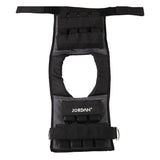




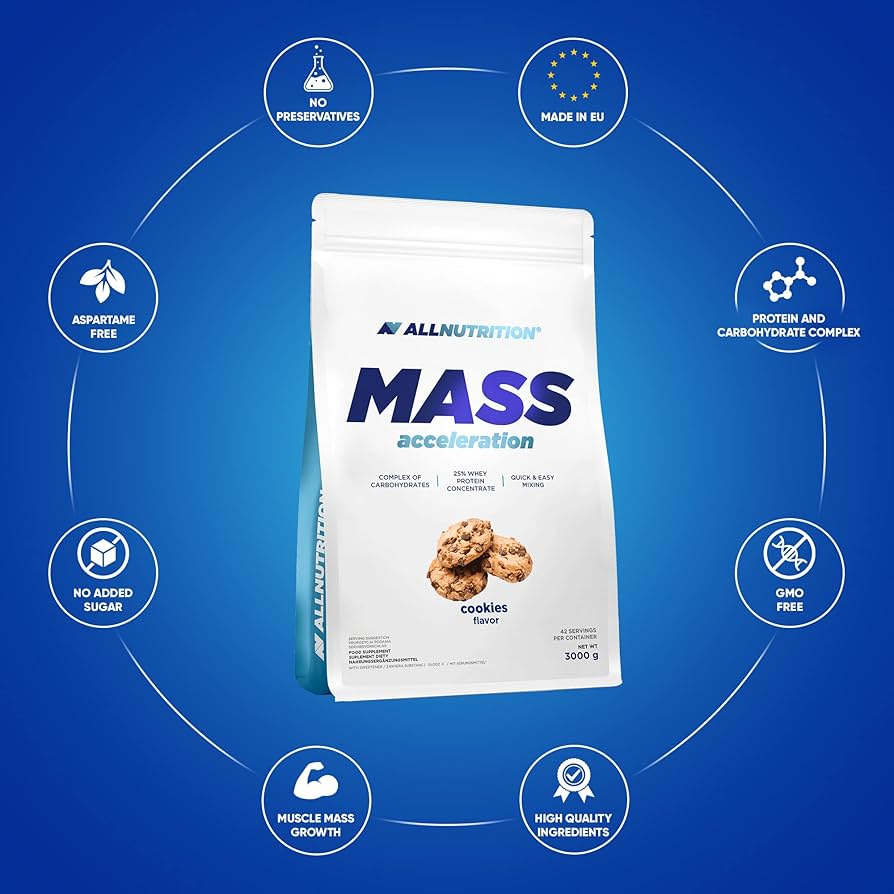
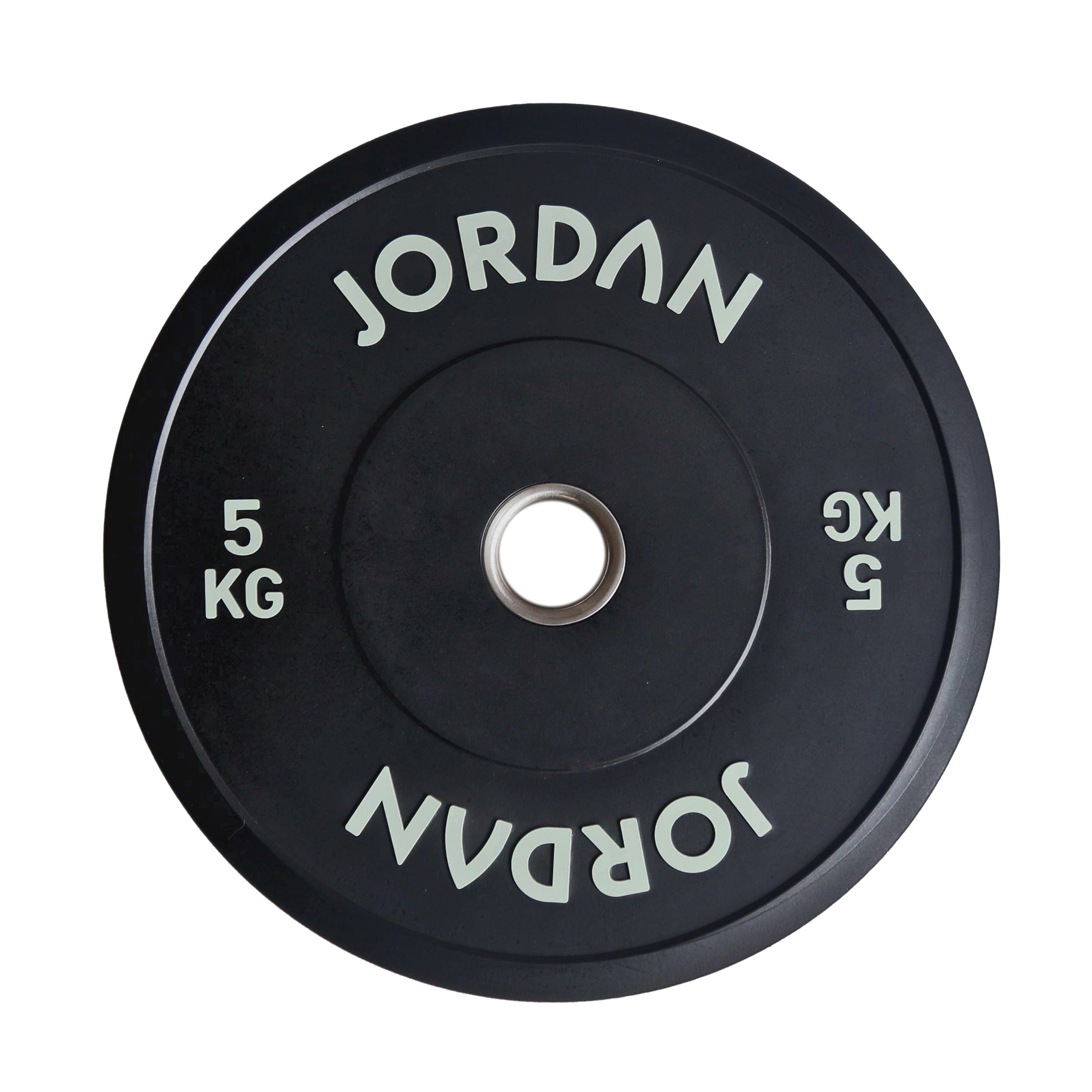

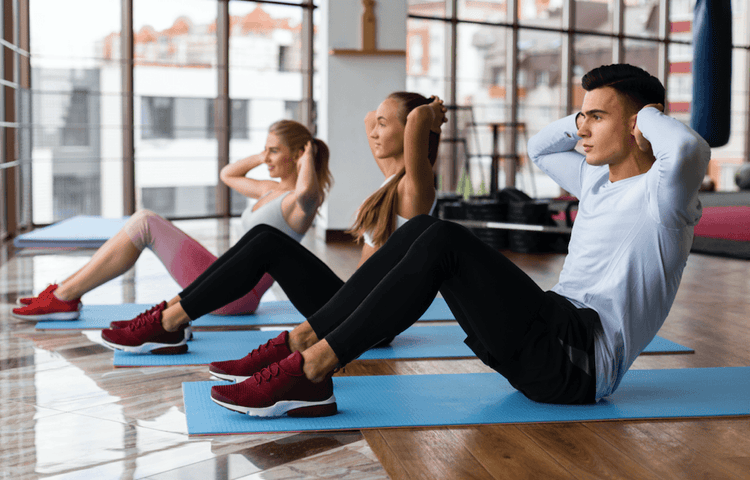
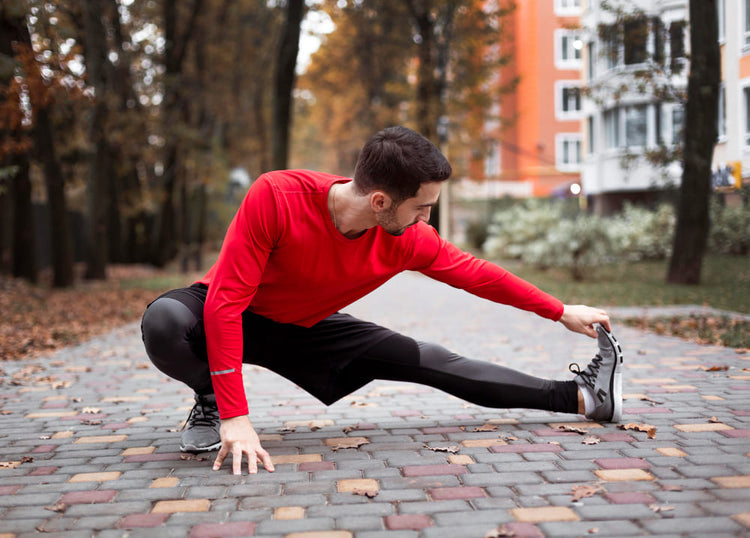

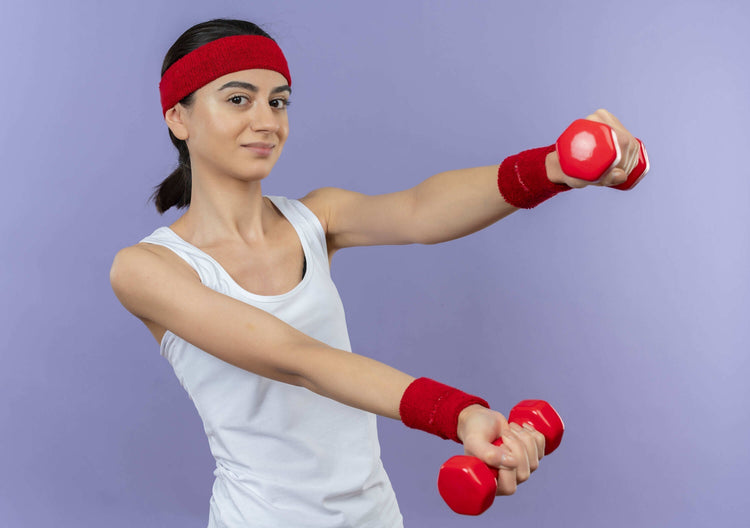
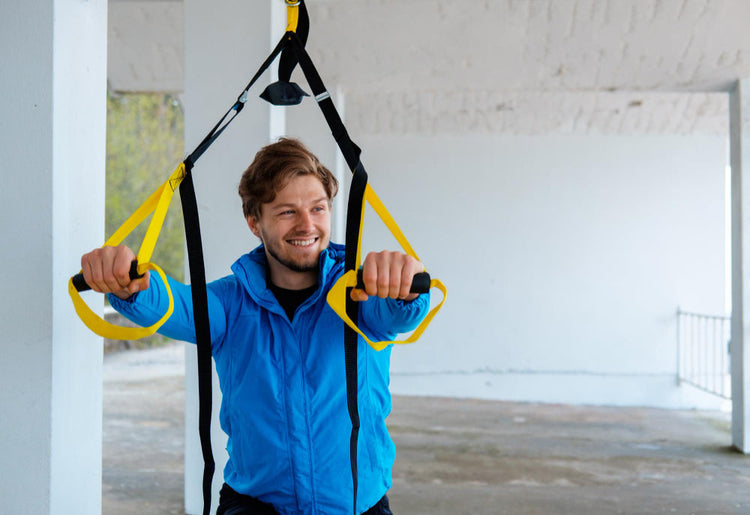
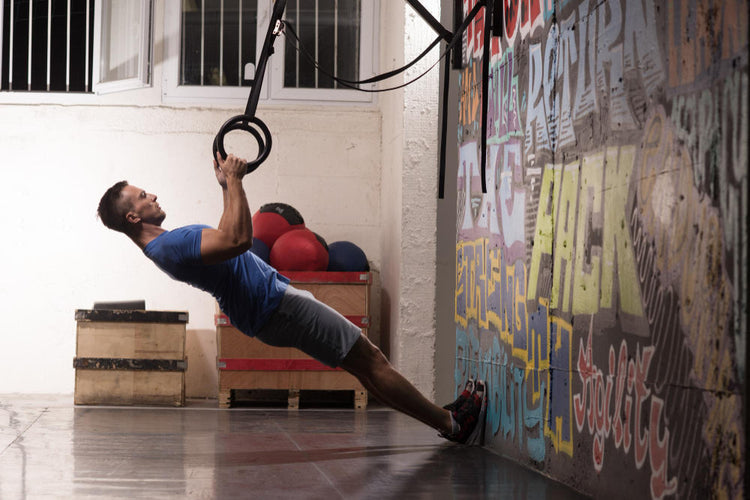

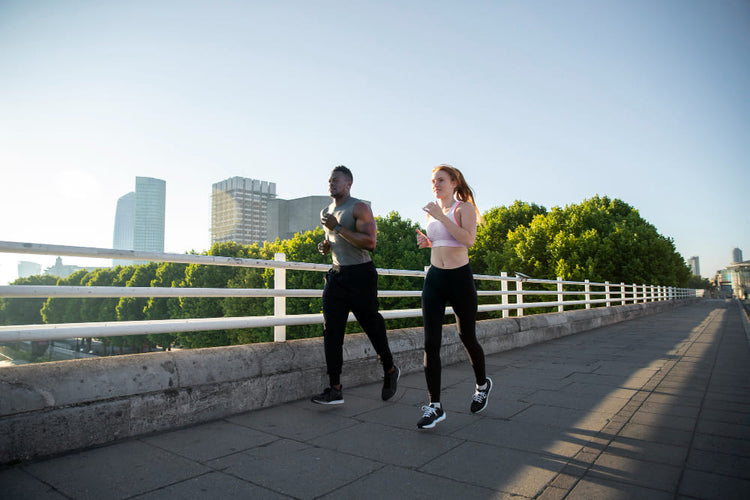
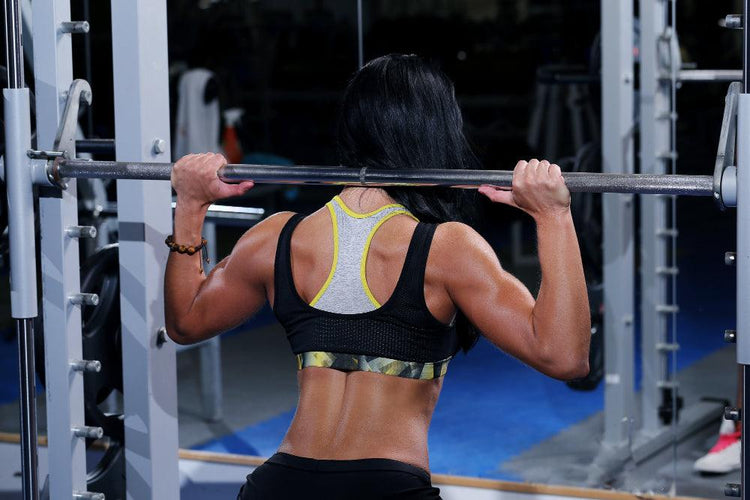
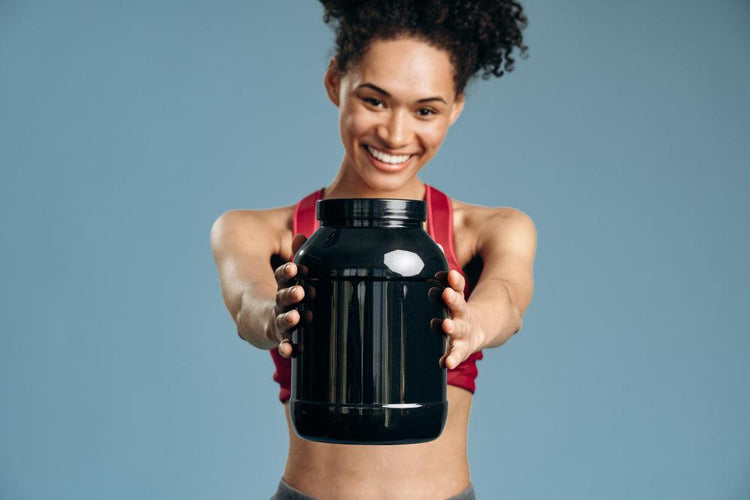
 Rated Excellent by 26,523+ Reviews
Rated Excellent by 26,523+ Reviews